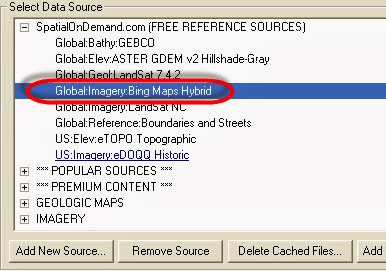

The following code example explains the procedure to add the tile layer to the Maps widget with OpenStreetMap. However, we recommend you check the licensing terms on their official website to make sure. Disclaimer: OpenStreetMaps may be used free of cost. This is a widely used, free WMTS for mobile applications and websites, meeting the requirement of basic map rendering. If you are looking for a cost-effective map tile provider, then OpenStreetMap will best suit you. Tile Layer in Flutter Maps Adding an OpenStreetMap You can then interact with this layer to have a closer look at a specific region by pinching and then panning across the map to check the places nearby. Our newly introduced tile layer does this efficiently and arranges multiple tiles in appropriate positions to render the complete map. The web map tile services, like OpenStreetMaps and Bing Maps, provide a single tile of 256 * 256 pixels for every request for the region we ask for. We will also briefly talk about adding markers and enabling the zooming and panning features in the tile layer. In this blog, we will look at the tile layer and how to add it to the Flutter Maps widget to render tiles from providers like OpenStreetMap and Bing Maps. This allows rendering tiles from these tile providers. We are excited to inform you that this tile layer rendering support has been included in our Syncfusion Flutter Maps widget in the Essential Studio 2020 Volume 3 release. Another popular style of map visualization, though, is to load map tiles or images from web map tile services ( WMTS) such as Bing Maps, OpenStreetMaps, Google Maps, and TomTom. The shape layer in the Syncfusion Flutter Maps widget renders geographical areas from the GeoJSON data.

BoldSign – Electronic Signature Software.


 0 kommentar(er)
0 kommentar(er)
